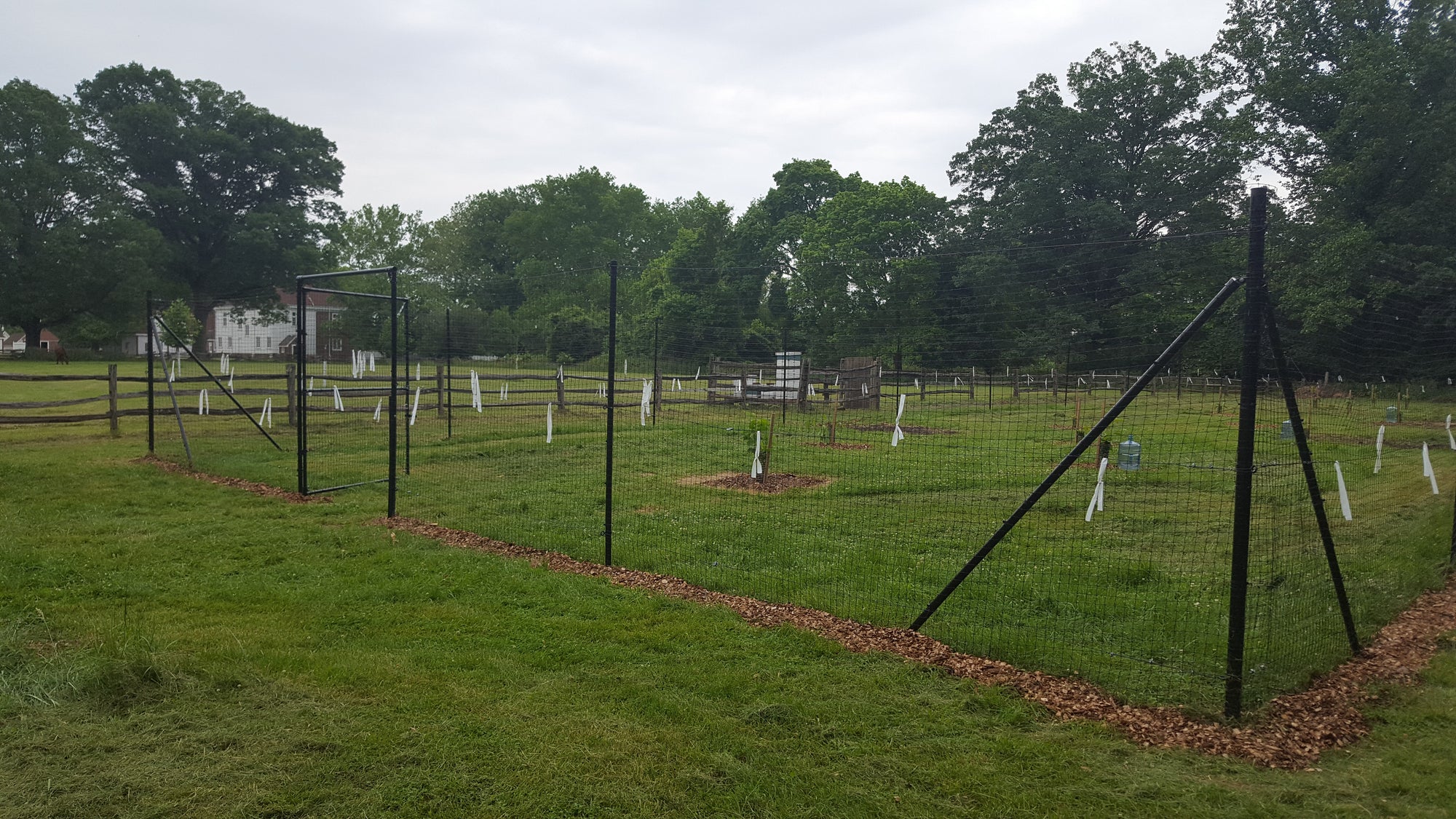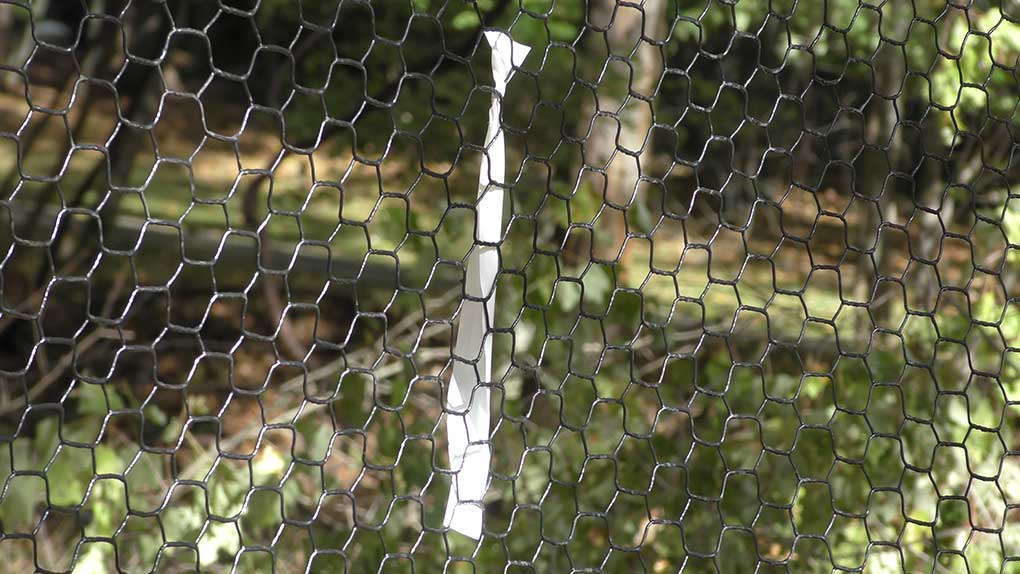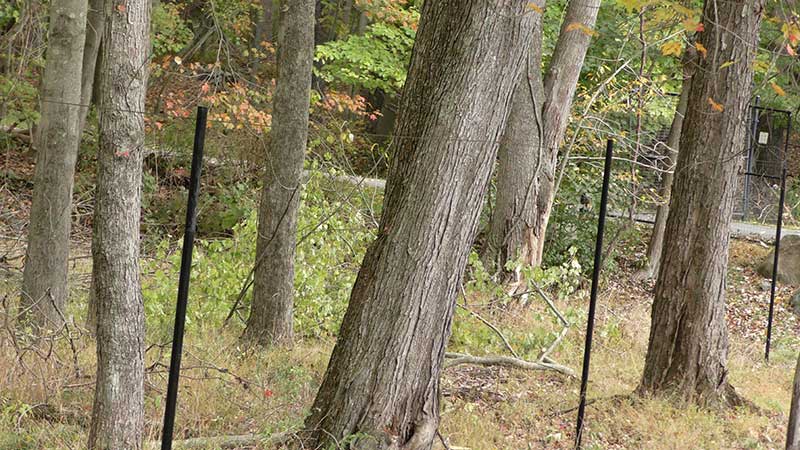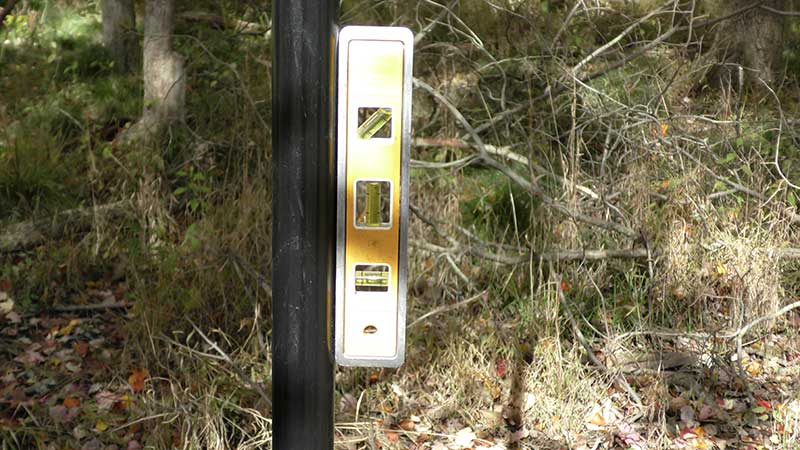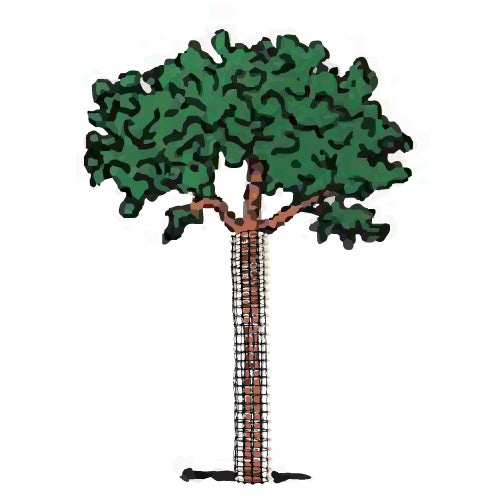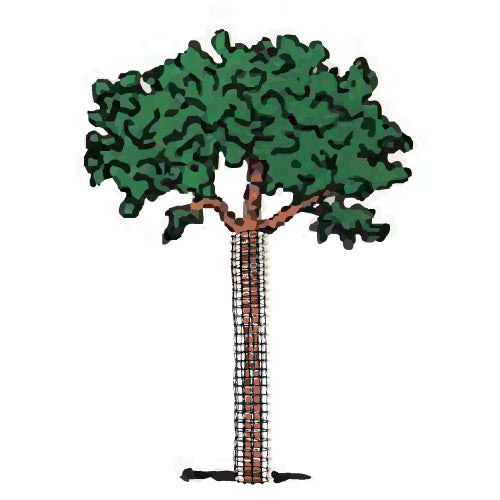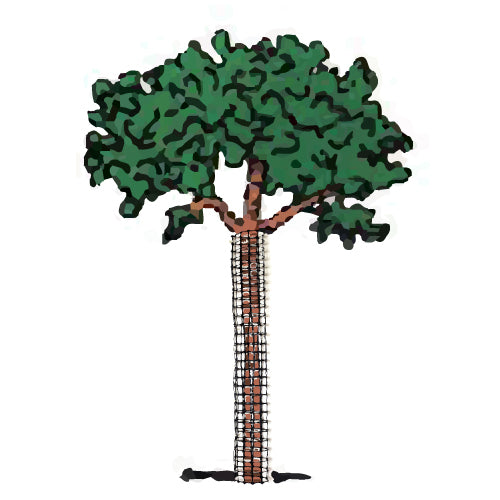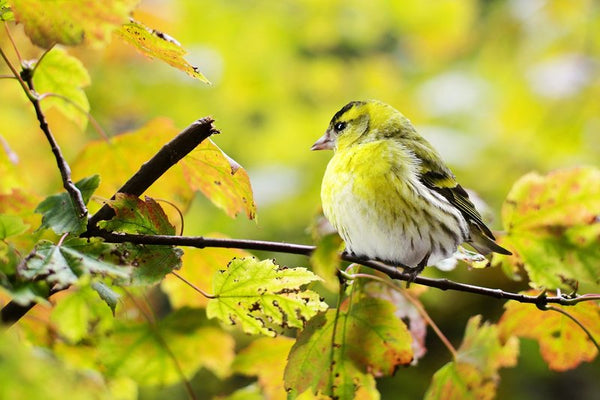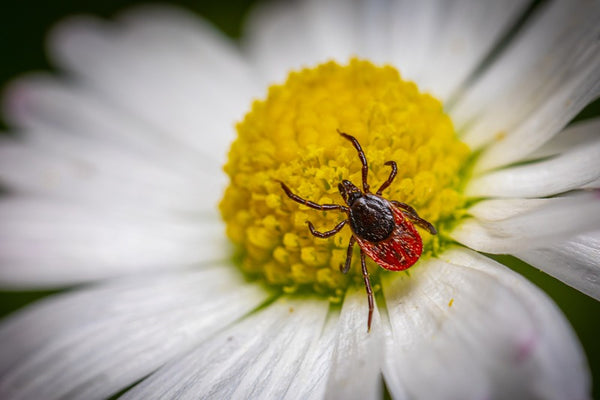Helpful Resources
DIY Fence Install Video From Our Partners
New Collection!
Summer Deer Patterns And How To PROTECT PLANTS
COVID-19 changed lives around the world; and wildlife were no different. But, while everyone stayed indoors, deer were found wandering onto home throughout all hours of the day - fearless of human interaction. This is just one reason why home growers will see challenges with deer this season. Will they see an influx of wildlife movement this summer?
Learn the answer from Deerfence.com and see what to do about it to keep Bambi and friends at bay.


Plants For Deer and Wildlife Resistance
Deer cause millions of dollars in agricultural damage to landscapes each year and are the number one complaint by growers. However, deer are not the only wild animal causing mischief in the garden.
DeerFence.com developed a list of plants and trees to grow to keep deer at bay. These plants for deer resistance are recommended to use as a secondary barrier around a deer fence - the most effective means for deer management.
See the list of deer-resistant flowers, conifer trees and other plants that deer hate tasting and smelling!
Chronic Wasting Disease In Deer
Known as the 'Zombie Deer Disease,' Chronic Wasting Disease (CWD) is a slow but progressive, fatal disease of the nervous system in free-ranged mule-deer and farmed white-tail deer known to affect the deer (cervid) family: white-tailed deer, mule deer (elk), and moose. It is transmitted animal-to-animal via shedding of the infectious agent in the feces and saliva. At this time, there has not been proven research to suggest that deer meat from an infected deer will harm humans; but health advisers ask hunters to use caution when consuming possibly infected venison. Chronic Wasting does not have a vaccine nor cure. Deer Farmers are required to quarantine deer with fencing; and alert officials when they discover herd members with CWD.
In 2018, Wisconsin DNR approved changes for deer farms to prevent the spread of Chronic Wasting Disease. Click to learn the new ruling.
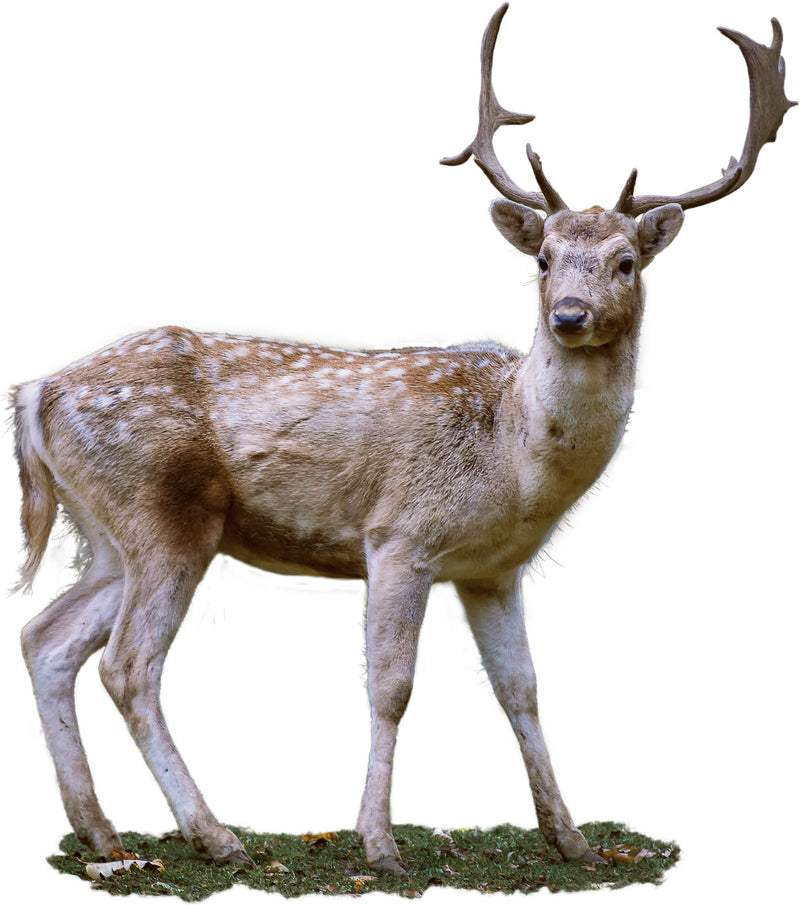
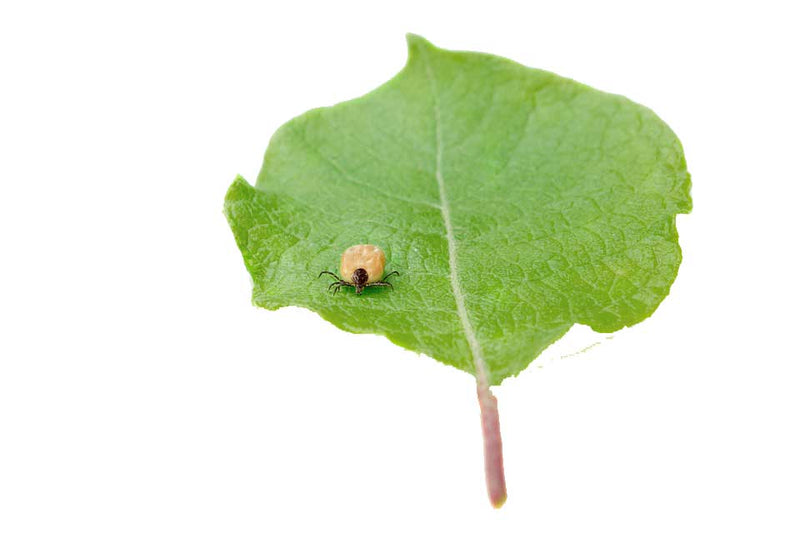
Deer Ticks
Ticks are active in above freezing temperatures and highly visible in the warm months beginning in March. While the White-Footed Mouse carries the Lyme bacterium, birds and deer are the most common carriers of ticks. Hikers, campers and walkers discover deer ticks in the woods and grassy areas where they hide underneath leaves. While not all ticks carry Lyme Disease, other tick-borne illnesses remain a concern including: the Powassan Virus, babesiosis, ehrlichiosis, Rocky Mountain Spotted Fever and anaplasmosis,
Symptoms of Lyme Disease are similar to the flu and can last for several weeks, months and even years. What's worse, is that pets can get Lyme Disease and can feel the painful effects of the tick illness. This is why it's important for individuals to learn the signs of Lyme Disease (including the 'Bulls-eye' mark) and how to remove a tick.
DeerFence.com Blog
-
Bird Migration Season
Posted on August 19 2020
-
Rid Ticks In Gardens
Posted on August 18 2020
-
Using a Magnetic Level
Posted on August 14 2020

